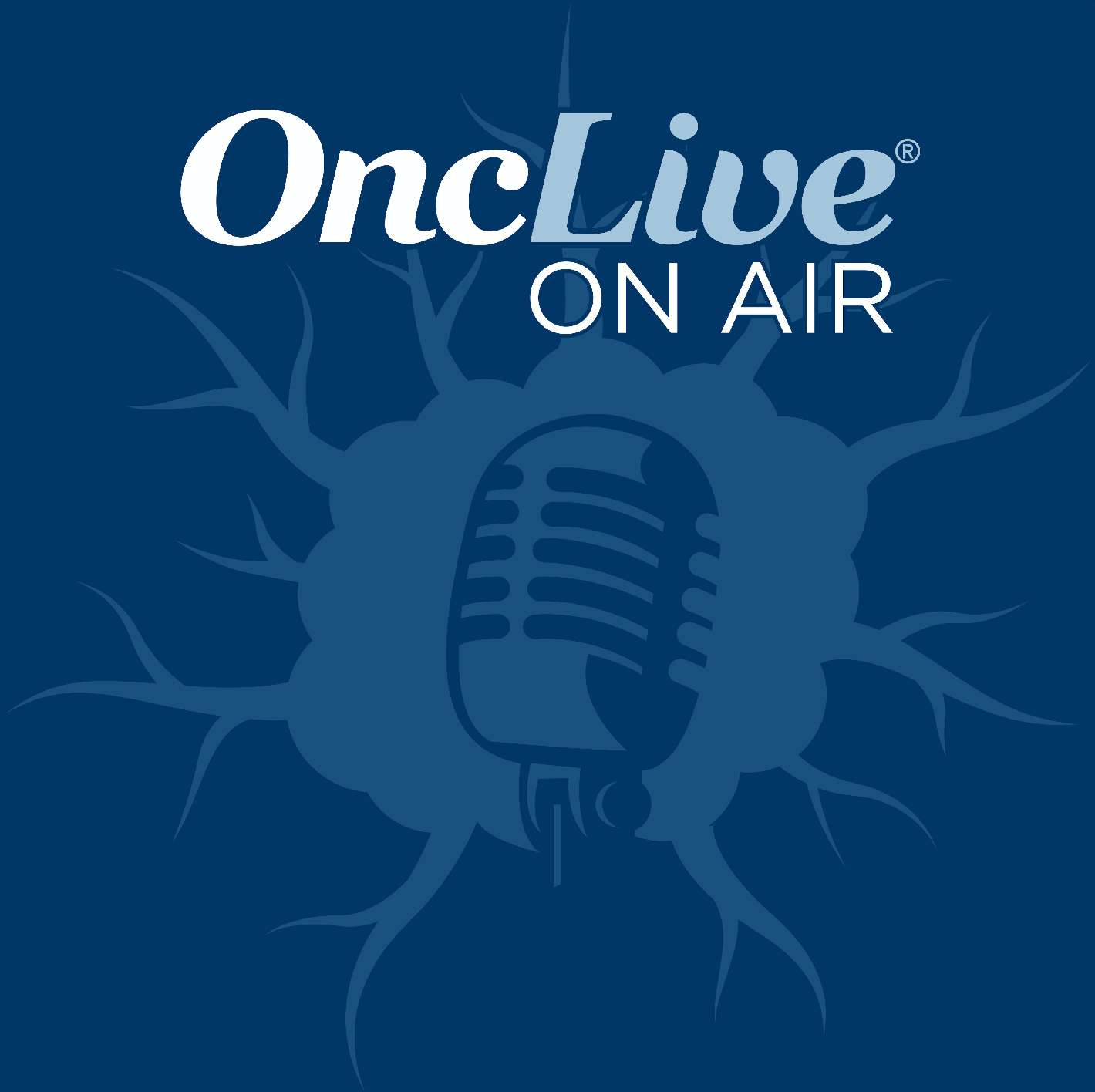Article
Second-Line Optune Improves Survival in GBM
Author(s):
The addition of Optune to chemotherapy and/or bevacizumab improved survival in patients with recurrent glioblastoma multiforme.
Santosh Kesari, MD, PhD
The addition of Optune (formally the NovoTTF-100A System) to chemotherapy and or bevacizumab (Avastin) improved survival in patients with recurrent glioblastoma multiforme (GBM), according to a posthoc analysis of the phase III EF-14 trial presented at the 2015 Annual Meeting of the Society for Neuro-Oncology (SNO).1
Â
Adding optune reduced the risk of death by 30% and 39%, respectively, among patients receiving tumor treating fields (TTFields) with second-line chemotherapy alone or added to bevacizumab with/without chemotherapy.
Â
“This posthoc analysis suggests that recurrent GBM patients treated with combined TTFields and chemotherapy and/or bevacizumab live significantly longer than on chemotherapy and/or bevacizumab alone. Prospective trials combining TTFields with chemotherapy are warranted to validate these findings,” first author Santosh Kesari, MD, PhD, director of Neuro-Oncology at University of California — San Diego Moores Cancer Center, and coinvestigators wrote in their abstract conclusion.
Â
The phase III EF-14 trial randomized 695 patients with newly diagnosed GBM following radiotherapy with concomitant temozolomide to Optune plus adjuvant temozolomide (n = 466) or temozolomide alone (n = 229). The posthoc review included 144 and 60 patients, respectively, who had progressed in the chemotherapy alone and Optune arms. At progression, patients in the chemotherapy-alone arm could receive second-line chemotherapy and patients in the Optune arm could continue the TTFields with second-line chemotherapy.
Â
Median overall survival (OS) among patients receiving second-line Optune/chemotherapy versus chemotherapy alone was 11.8 versus 9.2 months, respectively (HR, 0.70; 95% CI, 0.48-1.00; P = .049).
Â
Additionally, 43% of patients received second-line bevacizumab with or without chemotherapy. In this group, OS was 11.8 months among patients who also received Optune versus 9.0 months among those receiving only bevacizumab with or without chemotherapy (HR, 0.61; 95% CI, 0.37-0.99; P = .043).
Â
The EF-14 trial was the basis of the FDA’s expansion of Optune’s approval in October 2015 to include use in combination with adjuvant temozolomide as a treatment for patients with newly diagnosed GBM following surgery, chemotherapy, and radiation therapy.
Â
Interim results from the EF-14 study were presented at the 2014 SNO Annual Meeting.2 Based on an early assessment of the first 315 patients enrolled in the study, an Independent Data Monitoring Committee recommended that the trial should be stopped early to allow those in the control arm to cross over to receive Optune.
Â
At the interim analysis, data were analyzed for 210 patients treated with the Optune combination and 105 with temozolomide alone. The primary endpoint of the study was PFS, with OS as a secondary outcome measure.
Â
Patient characteristics were well balanced between the 2 arms. The median age of patients was 57 and 58 years, the tumor was resected for 89% and 90%, and 39% and 41% had MGMT promoter methylation, in the combination and control arms, respectively. Karnofsky performance status was 90% in both groups.
Â
At the interim analysis, the median OS with the combination was 19.6 versus 16.6 months with the single-agent (HR, 0.75; P = .034). The estimated 24-month OS rate was 43% with Optune and temozolomide versus 29% with temozolomide alone.Â
Â
After a minimum follow-up of 18 months, the risk of progression or death was reduced by 37% with the addition of Optune to temozolomide. The median PFS was 7.1 months with the combination compared with 4.0 months with temozolomide alone (HR, 0.63; P = .001).
Â
For the full population of the study (N = 700) with longer follow-up, the 24-month OS rate with Optune in combination with temozolomide was 48% compared with 32% with monotherapy (P = .0058). The median PFS was 7.2 versus 4.0 months with the combination and single-agent, respectively (HR, 0.62; P = .001). The median OS was 20.5 months with Optune compared with 15.6 months (HR = 0.66; P = .004).
Â
Adverse events (AEs) were similar between the arms and were primarily associated with temozolomide. The most common AEs related to Optune were skin irritation, which occurred in 45% of patients utilizing the device. Of these skin complaints, only 2% were labeled “serious.” Seizures were seen in approximately 7% of patients treated in each arm. Additionally, as a precaution, the FDA advised against using the device in patients with an active implanted medical device, a skull defect, or a known sensitivity to conductive hydrogels.
Â
Optune is a portable, noninvasive, battery-operated device that attaches directly to the patient’s head to deliver tumor-treating fields to the brain. The device is thought to slow or reverse tumor growth by inhibiting mitosis during metaphase, anaphase and telophase. The FDA initially approved Optune in 2011 as a monotherapy for adult patients with GBM that recurred or progressed after chemotherapy.
References:
- Kesari S, Ram Z. Tumor treating fields with chemotherapy compared to chemotherapy alone in glioblastoma patients at first recurrence: a post-hoc analysis of the EF-14 trial. Presented at: 2015 Annual Meeting of the Society for Neuro-Oncology; November 19-22, 2015; San Antonio, TX. Abstract ATNT-19.
- Stupp R, Wong E, Scott C, et al. Interim analysis of the EF-14 trial: a prospective, multicenter trial of NovoTTF-100A together with temozolomide compared to temozolomide alone in patients with newly diagnosed GBM. Presented at: 19th Annual Meeting of the Society for Neuro-Oncology; November 13-16, 2014; Miami, FL.
<<<









